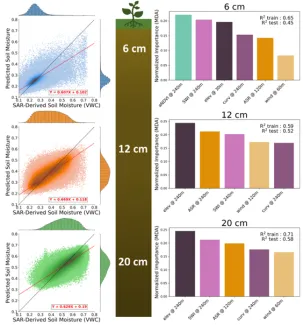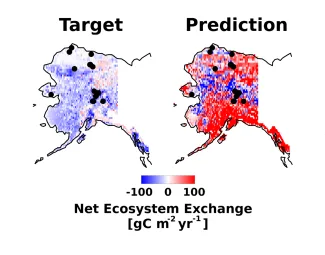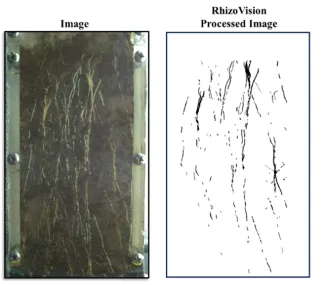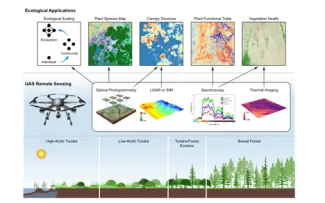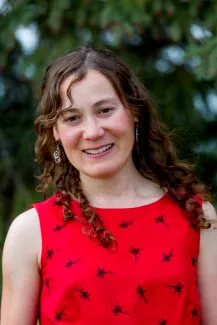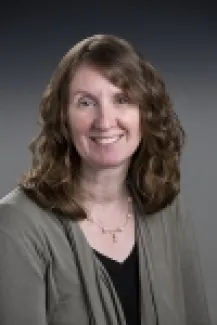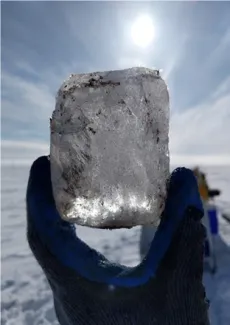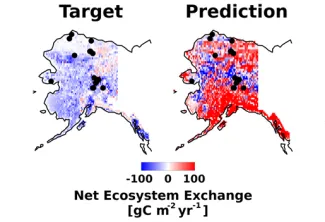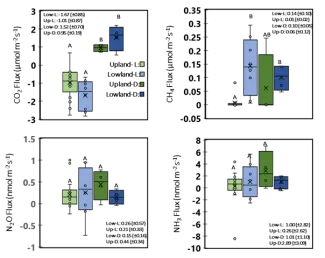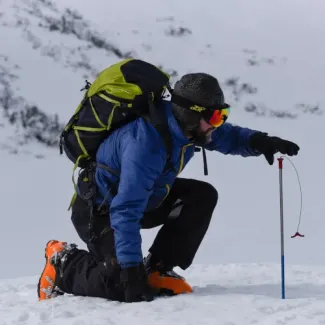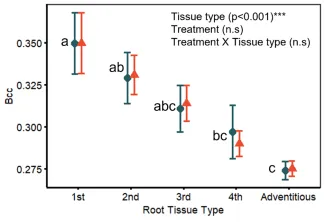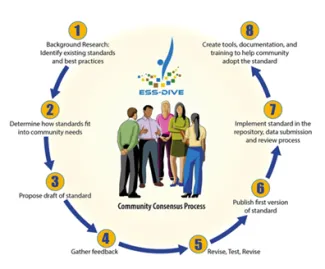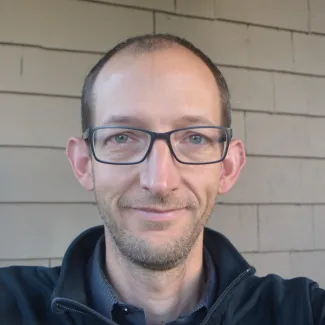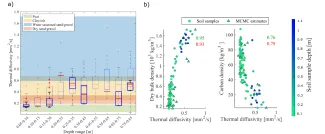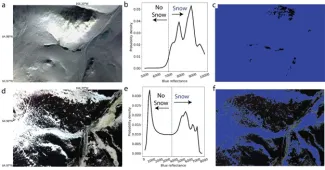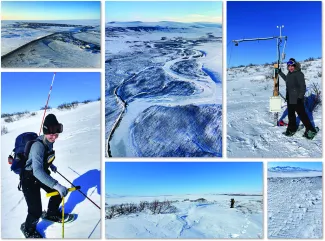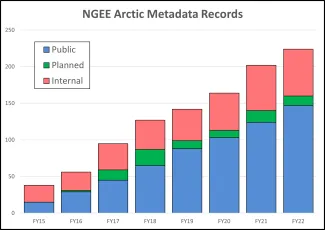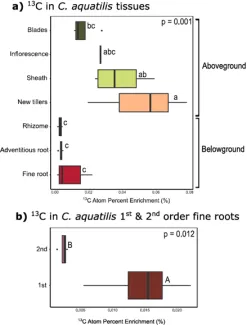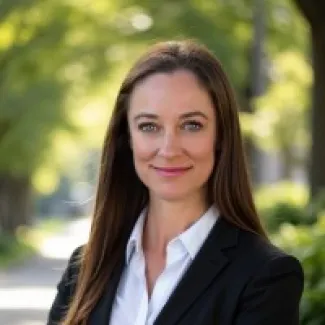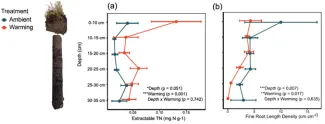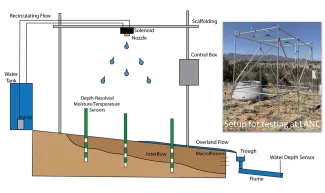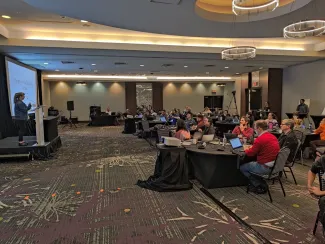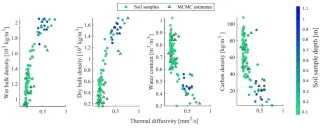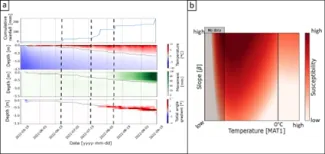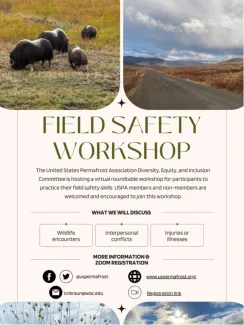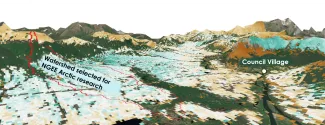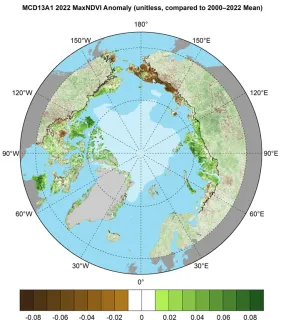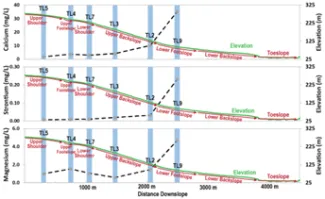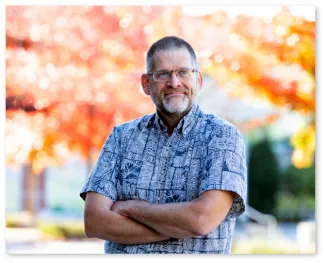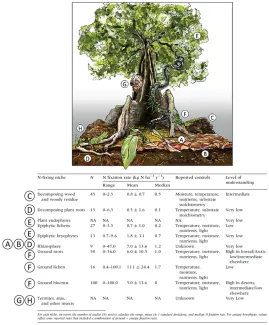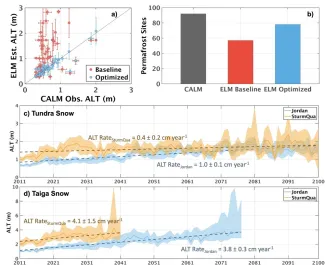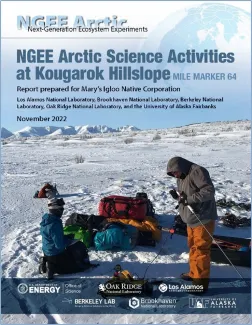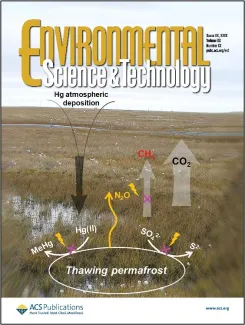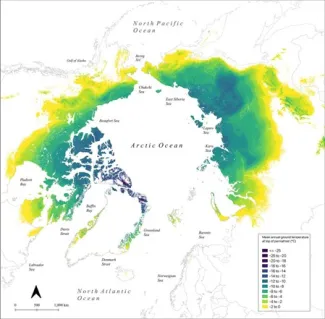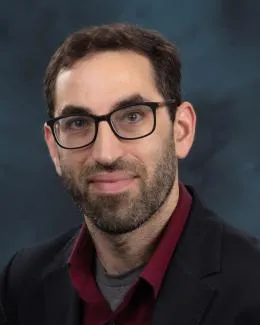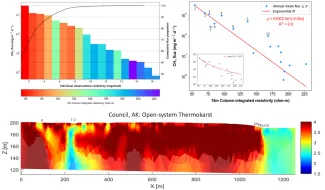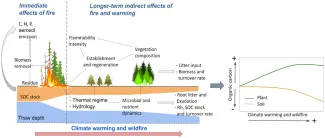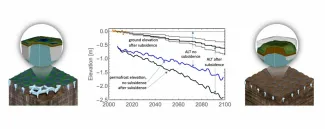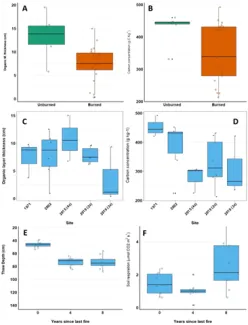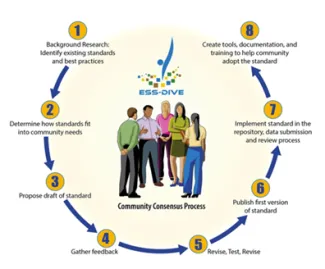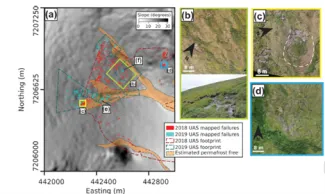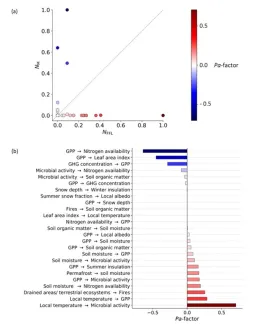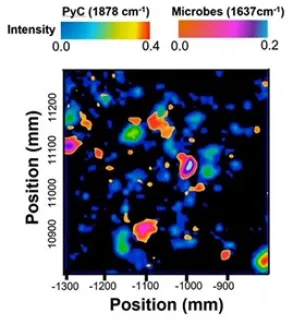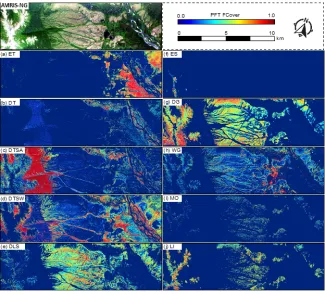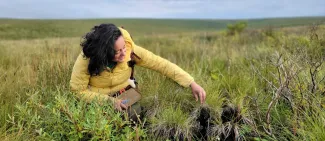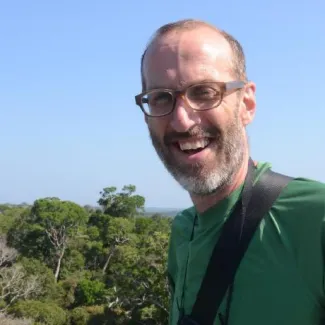Phase 3
Content
Accomplishments
NGEE Arctic's Engagement Across Alaska
The NGEE Arctic Seminar Series
Ground Truthing Land Surface Models: A Multi-Data Approach for Validation
Thermokarst Wetland Vegetation and Root Systems Alter Soil Biogeochemistry and Gas Fluxes
Wildfire Changes Carbon Dynamics on the Tundra
Peat Soils and Snow Schemes Mutually Impact Permafrost Simulations
Insights on Seasonal Solifluction Processes in a Warm Permafrost Arctic Landscape
Arctic Thermokarst Wetland Vegetation Alters Belowground Biogeochemistry and Soil Gas Flux
Deep Permafrost Thaw: A Significant and Overlooked Source of Greenhouse Gas
Improving Our Understanding of Permafrost Extent With Machine Learning and Remote Sensing
Reducing Uncertainty of High-Latitude Ecosystem Models Through Identification of Key Parameters
Progress Report to Council Native Corporation
Promoting Inclusive and Equitable Research in the Arctic
DOE Office of Science Director Visits Climate Research Facilities
Permafrost Soil Biogeochemistry and Vegetation Type Control GHG Fluxes Across a Thermokarst Transect
The Eco-Evolutionary Role of Wildfire in Shaping Terrestrial Ecosystems
How Deep Should We Go To Understand Roots At The Top Of The World?
Arctic Permafrost Chapter in the Second Edition of the Encyclopedia of Soils in the Environment
Environmental Controls on Spatial Variability of Pore Water Geochemistry
NGEE Arctic team outlines anticipated approach for Phase 4 (2025–2027) of the project
Inhibition of methane (CH4) and methylmercury (MeHg) formation by nitrous oxide (N2O) in Arctic tundra soil microcosms
Tabletop exercises for field preparedness
Carbon allocation to above- and belowground tissues of an aerenchymous tundra sedge
Machine learning models inaccurately predict current and future high-latitude C balances
Integrating very-high-resolution unoccupied aerial system data and airborne imaging spectroscopy to map the fractional composition of Arctic plant functional types in western Alaska
Metadata and NGEE Arctic Search Tool metrics
The NGEE Arctic Rainfall Simulator: Deployment to the Kougarok Fire Complex
Quantification of the bedrock-through-canopy controls on subsurface thermal regimes
Factors controlling a synthetic aperture radar–derived root-zone soil moisture product
Wildfires exacerbate high-latitude soil carbon losses from climate warming
Global synthesis of nitrogen fixation
NGEE Arctic leads a “field-to-model” workshop
Estimating snow cover from high-resolution satellite imagery by thresholding blue wavelengths
High-resolution mapping of discontinuous near-surface permafrost
Enabling FAIR data in Earth and environmental science with community-centric (meta)data reporting formats
Annual activities report delivered to Mary’s Igloo Native Corporation board of directors
Metadata and NGEE Arctic search tool metrics
Metadata and NGEE Arctic Search Tool Metrics
Metagenomes from Arctic Soil Microbial Communities
Breaking Boundaries in Infrared Imaging
Simulated Hydrological Dynamics and Coupled Iron Redox Cycling Impact CH4 Production in an Arctic Soil
Near-Surface Hydrology and Soil Properties Drive Heterogeneity
The Influence of Time since Fire & Repeated Fire on Organic Carbon Storage
One Growing Season of Warming Increases Soil Nutrient Availability but Not Plant Nitrogen Uptake
From Leaves to the Rhizosphere
Dispersal and Fire Limit Arctic Shrub Expansion
Methane Emissions Show Exponential Inverse Relationship with Electrical Resistivity
A Signal of Sun-Induced Chlorophyll Fluorescence at Council, Alaska
The NGEE Arctic Rainfall Simulator: Development, Deployment, & First-Year Experiments
Probabilistic Estimation of Soil Thermal Diffusivity from Temperature Time Series
News
Remembering the Life and Impact of Joanne Childs
Eugenie Euskirchen Receives a Fulbright Scholar Award
DOE’s Northern Lights – Dr. Colleen Iversen
Conducting safe science at the top of the world
Tundra collapse is not likely to accelerate melting
Sinking tundra surface unlikely to trigger runaway permafrost thaw
Scientists find iron cycling key to permafrost greenhouse gas emissions
Breaking Boundaries in IR Imaging to Explore Multiscale Microbial Activity in Arctic Soils
Sebastian Uhlemann Receives Near-Surface Geophysics Honor
2022 AGU Section Awardees and Named Lecturers
Organizations
People
Jennifer Holm
Lawrence Berkeley National LaboratoryEugenie Euskirchen
University of Alaska FairbanksCharlie Koven
Lawrence Berkeley National LaboratoryBenjamin Sulman
Oak Ridge National LaboratoryDaryl Yang
Oak Ridge National LaboratoryVerity Salmon
Oak Ridge National LaboratoryKatrina Bennett
Los Alamos National LaboratoryMargaret Torn
Lawrence Berkeley National LaboratoryColleen Iversen
Oak Ridge National LaboratoryDavid Graham
Oak Ridge National LaboratoryPeter Thornton
Oak Ridge National LaboratoryBaptiste Dafflon
Lawrence Berkeley National LaboratoryBob Bolton
Oak Ridge National LaboratorySusan Heinz
Oak Ridge National Laboratory
Posters
NGEE Arctic Phase 3 Project and Safety Management
Data Management for NGEE Arctic
Improving Representation of Arctic Photosynthesis in Terrestrial Biosphere Models
Remote Sensing of Arctic Plant Functional Traits and Biophysical Properties
Quantifying Interactions Between Snow, Shrubs, Permafrost and Hydrology
Microbial Communities and Function in NGEE Arctic Field Sites
Hydrological and Geochemical Evolution in a Polygon Landscape
Multiphysics Modeling of Permafrost Processes
Climate Warming and Fire Will Drive Expansion of High-Latitude Deciduous Plants
Factors Affecting Snow Distribution at the NGEE Arctic Seward Peninsula Field Sites
Shrub Dynamics: Disturbance and Temperature Controls on Shrub Recruitment and Expansion
Arctic Plant Traits: Paired Above and Belowground Observation Capture Ecosystem Structure and Function
Biogeochemical Controls on Arctic Soil Organic Matter Mineralization to CO2 and CH4
Quantifying Ecosystem Functional Types and Associated Interactions between Permafrost, Soil,...
Multiscale Modeling and Integration
Next Generation Ecosystem Experiment (NGEE Arctic): Process and Plans
Science Highlights
Local-Scale Variability of Soil Temperatures and Controlling Factors in a Discontinuous Permafrost Region
Estimating Permafrost Distribution and its Covariability with Landscape Characteristics
Ground Subsidence in Arctic Tundra is Unlikely to Trigger Abrupt Thaw
Enabling FAIR data in Earth and environmental science with community-centric (meta)data reporting formats
Machine Learning Models Inaccurately Predict Current and Future High-Latitude Carbon Balances
Ground Subsidence in Arctic Tundra Unlikely to Trigger Abrupt Thaw
Tying Together Iron and Carbon Cycling in the Arctic
Depth-Resolved Profiles of Soil Thermal Diffusivity Estimated from Temperature Time Series
Spatial Patterns of Snow Distribution in the Sub-Arctic
Promoting respect and working with Arctic Indigenous communities
Warmer, dryer conditions and more frequent disturbances are taking their toll on Arctic vegetation
Remote Sensing from Unoccupied Aerial Systems: Opportunities to Enhance Arctic Plant Ecology in a Changing Climate



















